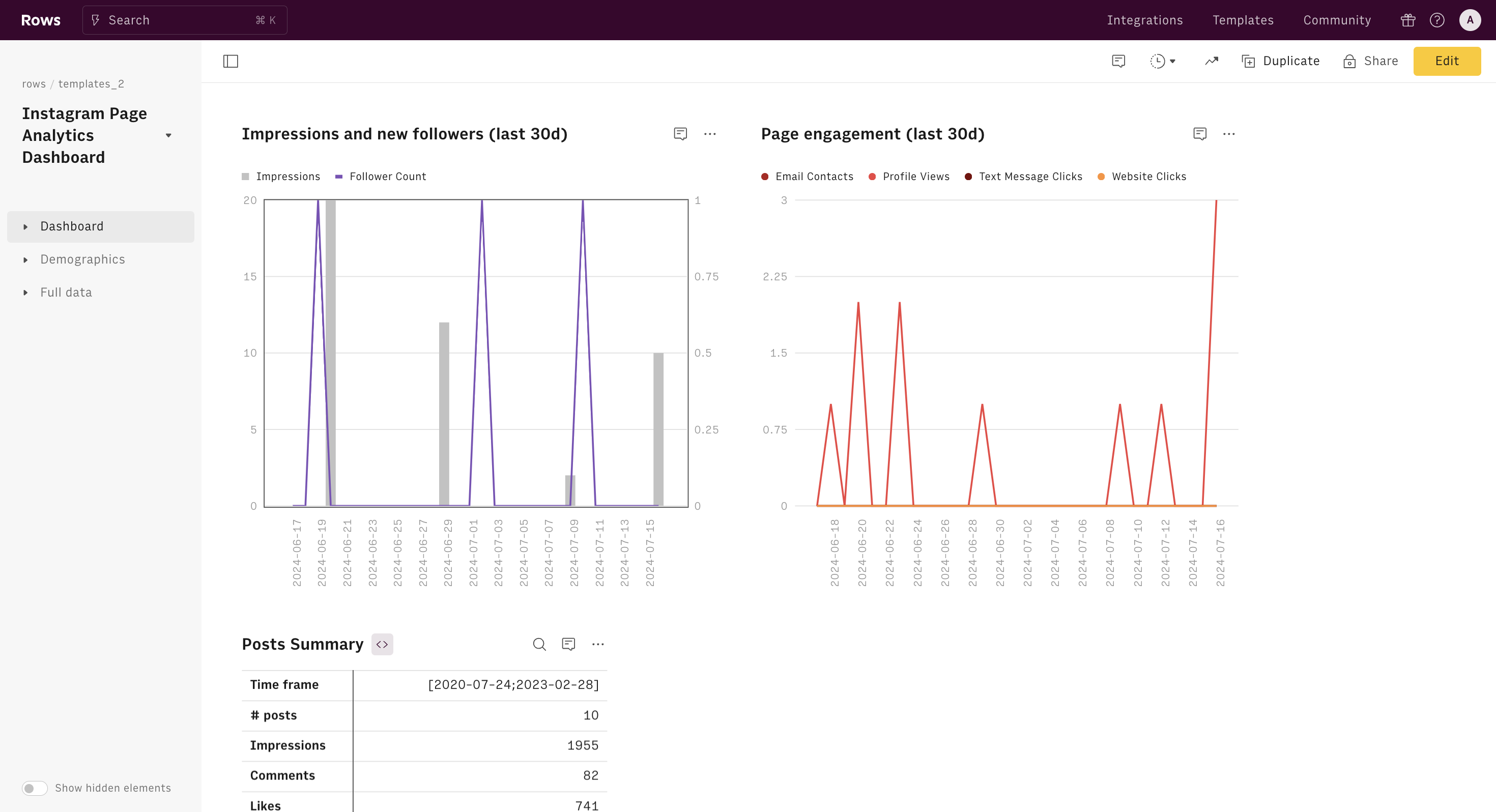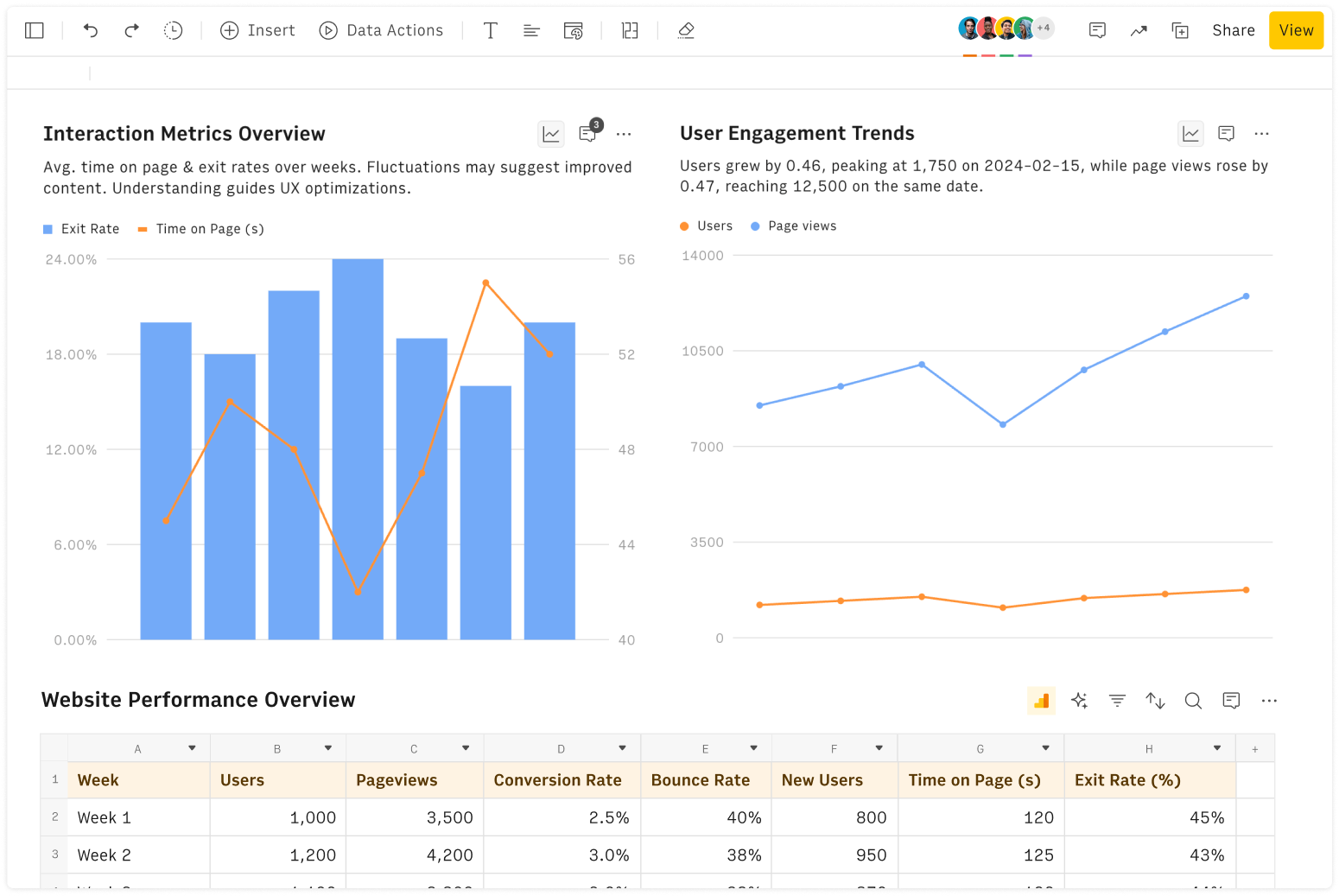The Magic Number is a common sales efficiency metric for SaaS businesses. It measures how efficiently one business' sales and marketing (S&M) spending can generate incremental recurring revenue, over a given period of time (month, quarter, or year). At the most basic level, the metric provides a straightforward answer to the following question: “For every dollar spent on acquiring new customers, either through marketing or sales effort, how many dollars of revenue is the company generating?”
The typical components required to compute the Magic Number over a quarterly period are:
Total Revenue (Current Quarter)
Total Revenue (Previous Quarter)
Sales and Marketing Spend (Previous Quarter)
To calculate your Magic Number score using these components, the formula is:
SaaS Magic Number = [Total Revenue (Current Quarter) - Total Revenue (Previous Quarter)] * 4 / Sales and Marketing Spend (Previous Quarter) The easiest example is a magic number of 1: that means you’ll pay back the quarter’s sales and marketing investment with the incremental revenue generated in the following year. When analyzing the Magic Number, consider the following benchmarks:
<0.5: Your total SaaS cost of service might be too high or you suffer from high churn rate.
<0.75: If you’re approaching the 0.75 mark, you’re on the right track. Whether or not you should increase marketing investment or add to your sales team at this level depends on the context of your business.
>0.75: This is typically the green light to ramp up your sales and marketing investment. You reach this level when you have proven product-market fit and display good CAC payback periods.







